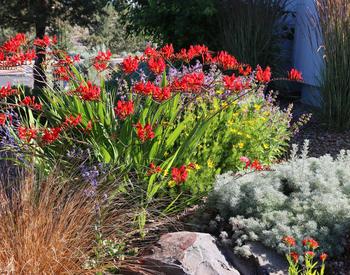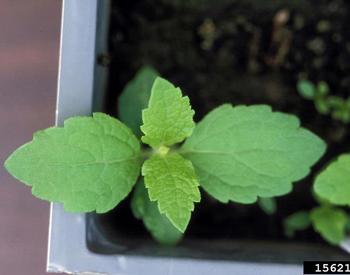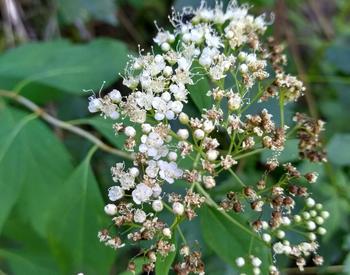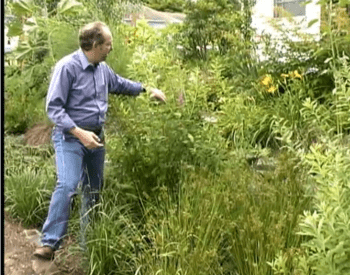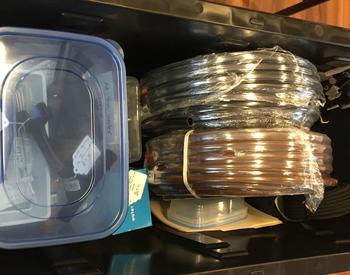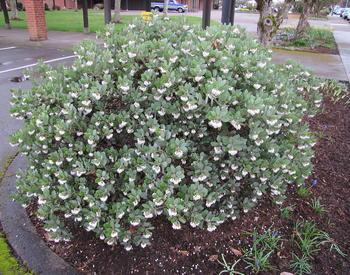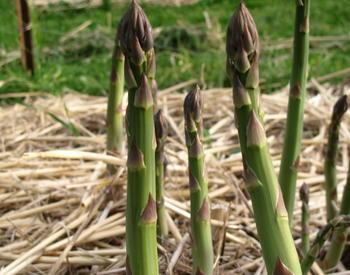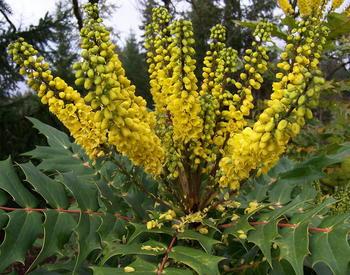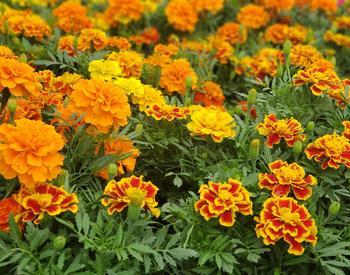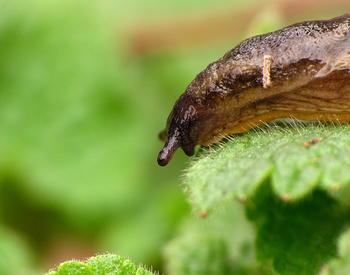“What’s old is new again,” horticulture edition: Houseplants and all that accompany them — from foliage prints to macramé hangers — are figuring prominently in nursery and garden center trade magazines. Likewise, houseplants are frequent focal points in home décor and furnishing vignettes.
The last time that macramé plant hangers were popular, the houseplants found within them were mostly pothos, spider plants, snake plants, and anything in a terrarium. This time around, the variety and affordability of once-exotic plants make indoor gardening increasingly budget-friendly. Enhancements lights, hydroponic systems, media and hormones for propagation are now widely available and provide opportunities for serious enthusiasts. For some blooming plants, artificial light on a timer can be useful for providing the day length needed to induce bloom.
One reason houseplants are currently surging in popularity is their association with a more positive environment or energy. While “positive energy” is not something science can quantify, people report feeling better when they spend more time in environments that are rich with plant material. A search of popular web-based shopping sites reveals that houseplants for sale online are promoted as “air purifying” and “mood-lifting.”
When the outdoor growing season is over, it’s a perfect time to consider incorporating some houseplants into your indoor space. Following, are some tips for groups of plants that are currently trendy in horticulture.
Orchids
Thanks to tissue culture breeding in which clones are generated directly from plant cells in a sterile environment, orchids have become far more affordable in the last decade. Orchid blooms are very long-lasting and unusual, making up for the fact while not in bloom, plants are less spectacular.
Most orchids in the trade are epiphytes, meaning they grow on trees in the wild — they’ll do better with bark chunks as a medium than with a traditional soil. Several common orchids bloom based on the ratio of day-to-night length, so the best way to get them to rebloom without artificial light is to have them in a window where they can take advantage of natural light cycles.
Begonias
Not to be confused with the begonia types suitable as outdoor annuals, houseplant begonias are known for unusual leaf shape and color. In recent years, color and leaf-shape combinations have become ever more dramatic. An entire begonia collection could be built featuring green, red, pink, burgundy and silver leaves; swirled, striped and spotted combinations of all those colors; and smooth, crinkled or spiraled leaves.
Regardless the dazzling leaf design, begonias prefer medium to bright light and are easy to overwater. Their fleshy stems and leaves are high in water already, so let them dry out between watering, and avoid letting them stand in water.
Coleus
Often used for outdoor foliage color, coleus can be overwintered indoors. Most folks have the best success when the plant is cut way back, especially if it flowered. Coleus will perform best indoors under the brightest light possible — otherwise, they tend to stretch out too much. Outdoors, they can tolerate some sun, but even the “sun-loving” types do best when they get shade for part of the day.
Like begonias, coleus now come in an almost endless combination of leaf shape and color combinations. Interior decorators like them because the many colors mean there’s a coleus that matches or complements almost any color scheme.
Succulents
Low maintenance, available in small and large options, and full of texture, succulents are enjoying a wave of popularity that has been ongoing several years. Succulents suitable for both outdoor (summer) use and indoor use in our area benefit from additional light indoors to make up for the lack of intensity.
Water all succulents sparingly. They can seem to tolerate a few overwaterings, due to their amazing capacity to capture and store whatever moisture they can access. That third or fourth overwatering, however, will exceed the plant’s water storage capacity, causing an overnight crash from which there is no recovery. Succulents can be slow growing, so it may be worthwhile to invest in a larger plant than to expect one to quickly grow to a desired size.
Minis
Smaller varieties of houseplants are a big trend. Urban gardeners with limited space are driving this trend. Succulents and “air plants” — bromeliads able to draw moisture and nutrients from air — are common, but small-leaved ivies, snake plants, African violets and other plants are easy to find in mini versions.
These small plants are great for getting started in houseplants, but tiny containers can only hold a tiny amount of moisture so minis may actually require more frequent water and attention.

